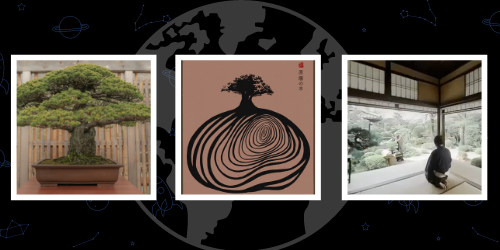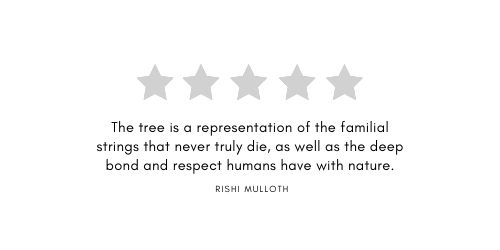
Por Rishi Mulloth
One of the greatest innovations of humankind was the creation of record keeping, and with it came a record of history for future generations to learn from. But what if civilization could see human history through the lens of something that lived through it, like a tree. The immersive and spectacular short film, El Atomic Tree, tries to do just that. It tells the story of the 400 year old bonsai tree that survived the nuclear blast at Hiroshima. The film takes us on a journey from the tree’s origins in the ancient cedar forests of Japan to the Buddhist temples, finally ending with its home in Hiroshima tended with familial tradition and care. Throughout this process, viewers are shown the unbelievable life this tree lived, and the care that went into its life. The tree is a representation of the familial strings that never truly die, as well as the deep bond and respect humans have with nature.
From directors Adam Loften and Emmanuel Vaughan-Lee, El Atomic Tree was curated for Planet Classroom Network by the Global Oneness Project. The two directors blend a beautiful story with great cinematography to help deliver their story of the bonsai tree’s life. The film’s visually stimulating effects make it feel like the viewer is being taken back in time, and the messages are firmly delivered, making an impactful statement.
This short film has strong directing and storytelling, making it a very enjoyable watch that will make most viewers think about it long after they’ve finished screening it. Imagine the stories this tree could tell if it could communicate, but even without that, it serves as a living testament to humankind and our relationship with the world around us. I think this is a fantastic film for the audiences at Planet Classroom, so I highly recommend it. Doy esta pelicula 5 fuera de 5 estrellas.
Rishi Mulloth es un recién graduado de la Universidad de Pittsburgh con títulos en economía y estudios de cine y medios., y está asistiendo a la Universidad de Scranton para obtener una maestría en análisis de negocios.




Comentarios recientes